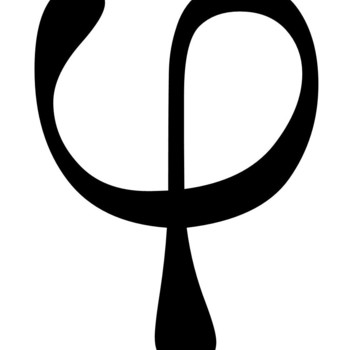A 10 L flask contains 2g of CH4,3g of hydrogen and 4g of nitrogen at 20 ˚ C. a. What is the pressure, in atm inside the flask? b. What is the partial pressure of each component of the mixture of gases?
1 Answer
a)
b) Methane:
I profusely apologize for the long answer, but I knew no shorter way. I assure you, half of it is empty spaces and calculations to make it easier.
Explanation:
a)
We have
Use the Ideal Gas Law (
Known values:
We have to find
Molar Mass:
- Methane -
#16.043g# - Hydrogen -
#2.016g# - Nitrogen -
#28.014g#
Now using the formula for moles (
The moles of methane:
The moles of hydrogen:
The moles of nitrogen:
Add them up to find the total moles of gas:
So we have
The formula for pressure using the ideal gas law is:
So the pressure is (to three significant figures)
b)
We have to input the different amounts of moles into the formula. Quite simply, the partial pressure of a particular gas is the pressure if that gas alone occupied the flask.
In this question, we can use our earlier formula:
We can confirm this answer using the formula
Methane:
There are
The methane exerts a pressure of
Hydrogen:
There are
The hydrogen exerts a pressure of
Nitrogen:
There are
The nitrogen exerts a pressure of
To confirm, add up the individual pressures:
You may be confused. Why

